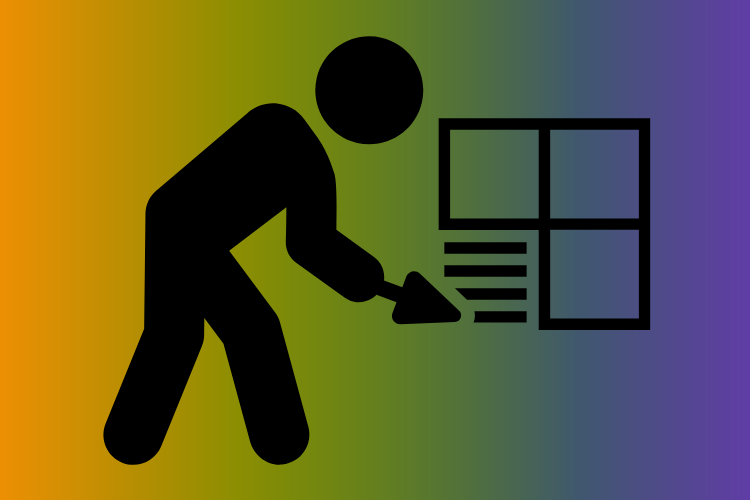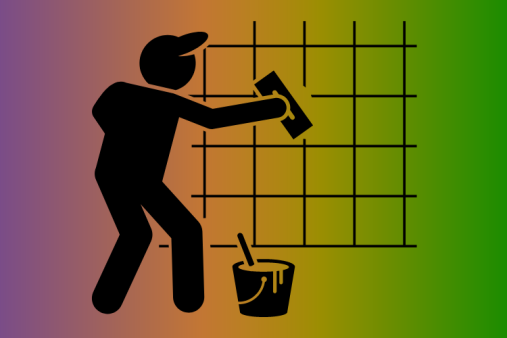If you’ve decided to tile a wall yourself, follow our handy guide on how to tile a wall - you’ll be sitting back, admiring your handiwork in no time at all.
Before you start tiling, ensure that your walls are primed and prepared, ready for you to start work.
They should be clean, dry and flat.
If there are any holes or cracks in the wall, be sure to fill them in before you start.
If the walls are porous, seal them with a good primer. If you don’t do the necessary preparation, you’ll be making a rod for your own back!
Skills Required
Tiling a wall requires patience and advanced DIY skills.
If you’re not sure what you’re doing, it’s best to call in a professional bathroom tradesman, then you’re sure to have the perfect bathroom or kitchen tiles at the end.
Tiling On Top Of Tiles
Sometimes you’ll have to tile on top of existing tiles.
This can happen in older properties where the original tiles are laid on cement - so pulling them down would damage the structure of the wall.
If this is the case, prime the old tiles by removing any dirt with detergent then coating them with a special adhesive for tiling over old tiles.
Are The Walls Flat?
Now you’re ready to begin.
First of all, never assume that your walls or floor is completely straight as often, this is not the case.
A simple way to begin tiling a bathroom wall is to measure the height of one tile and mark it against the wall, leaving an extra ¼ of an inch.
For example, if you have 4-inch tiles, mark a line 4 ¼ inches up the wall.
Do this several times across the entire space, then join the markings with a horizontal line - use a spirit level to make sure it’s straight.
Next Steps
Next, draw a vertical line from the top to the bottom of the wall. Use your measuring tape to make sure the line’s slap-bang in the centre of the horizontal line you’ve just drawn. Now you can begin laying the tiles.
Starting The Tiling
Spread tile adhesive over the wall, going about two or three feet up to begin with. Using your lines as a starting point, take four tiles and press them against the wall at the intersection of the lines you’ve drawn. Leave a space of ¼ inch at the bottom of the wall. Now fill in the rest of the wall, cutting the end tiles as required using a tile cutter. Be sure to wear a mask and goggles so you don’t breathe in any fine dust!
Finishing Touches
Once you’ve done this, leave the tiles to set overnight. In the morning, you should begin grouting the wall, starting at the top. Wipe off any excess with a damp sponge. You tiling is now complete! Remember, if you’re unsure of anything, or just want to be sure of a professional finish, call a local tradesman and ask them to quote you for the job.





